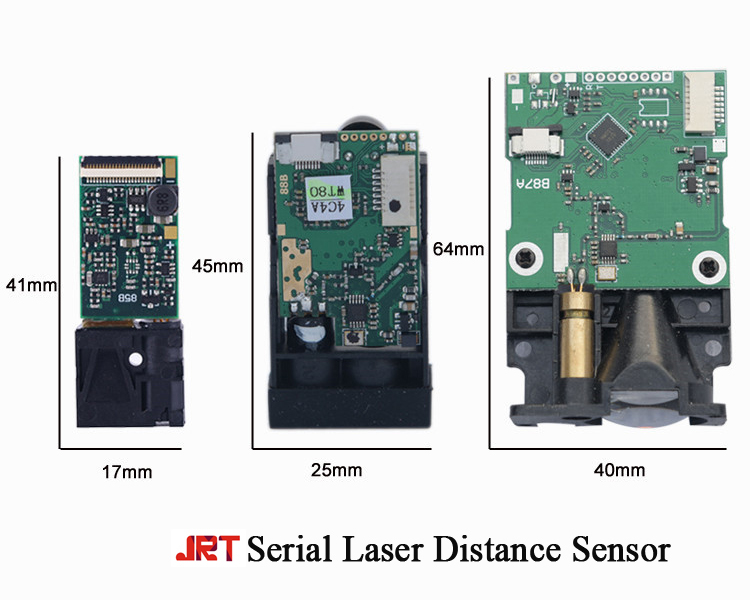Release date: 2013-02-21
Recently, the US Food and Drug Administration (FDA) announced the approval of the Argus II retinal prosthesis system as the first implantable device for the treatment of advanced adult retinitis pigmentosa (RP). The device consists of a small video camera, transmitting glasses, image processing unit (VPU) and implantable retinal prosthesis (artificial retina) that replaces the function of retinal degeneration cells and improves patient perception of images and motion. The VPU converts the video camera's image into electrical data for wireless transmission to the artificial retina.
RP is a rare hereditary eye disease that damages the photoreceptor cells of the retina. Photoreceptor cells convert light into current pulses and transmit impulses through the optic nerve to the image forming area of ​​the brain. Degeneration of such cells can lead to a gradual loss of side and night vision and central vision in patients, eventually leading to blindness.
The system is suitable for adults over 25 years old who have severe RP with no light or only weak light. The patient also needs to meet the two conditions of the inner retina function and the previous recognition of the image. Of course, patients also need to be willing to accept clinical follow-up after implantation, equipment configuration, visual rehabilitation, and so on.
Clinical studies have shown that most subjects who use this product are better able to perform their daily basic activities than without the device. These activity tests include the positioning and touch of square objects in white scenes, the identification of motion directions, the identification of large letters, words or sentences, the recognition of sidewalks, walking without walks, and the matching of black and white gray socks.
Nine of the 30 patients had no adverse events after implantation, and 23 of the remaining 11 patients had serious adverse events including conjunctival erosion, retinal detachment, inflammation, and low intraocular pressure.
The development of the system has been supported by three government organizations. Funding from the US Department of Energy, the National Institutes of Health Eye Institute and the National Science Foundation totals more than $100 million for materials design and other basic research projects.
The system is manufactured by Second Sight Pharmaceuticals.
Source: Kexun
With low-power, miniature size, the serial communication department range sensor with mm accuracy can measure up to 20m, 40m, 60m, 100m, 150m, 200m.
If you want to connect our laser range sensor boards together with your computer, you can directly choose the model with one USB connector.
In your project, you can use our distance sensor panel to measure a distance.

Serial Laser Distance Sensor,Serial Communication Laser Distance Sensor,Laser Range Sensor Boards,Distance Sensor Panel
Chengdu JRT Meter Technology Co., Ltd , https://www.jrt-measure.com